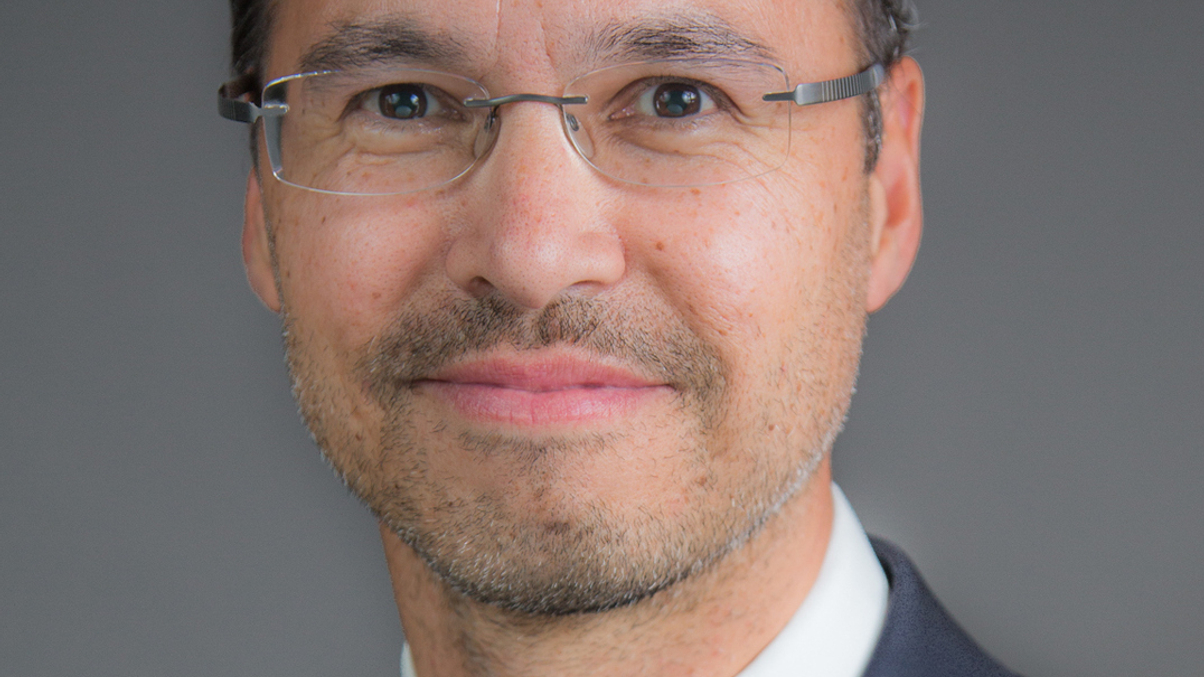Biggest 500 investors saw assets rise 8% in 2012
European and US investors seem to have driven this growth, with Asian entities not faring so well overall.

Assets managed by the world’s 500 largest investors – incorporating both asset managers and owners – rose 8% in 2012, making up lost ground from 2011, finds a survey released yesterday.
Sign in to read on!
Registered users get 2 free articles in 30 days.
Subscribers have full unlimited access to AsianInvestor
Not signed up? New users get 2 free articles per month, plus a 7-day unlimited free trial.
¬ Haymarket Media Limited. All rights reserved.


